Working with stacks
Data Structures and Algorithms in Python

Miriam Antona
Software Engineer
Stacks
- LIFO: Last-In First-Out
- Last inserted item will be the first item to be removed
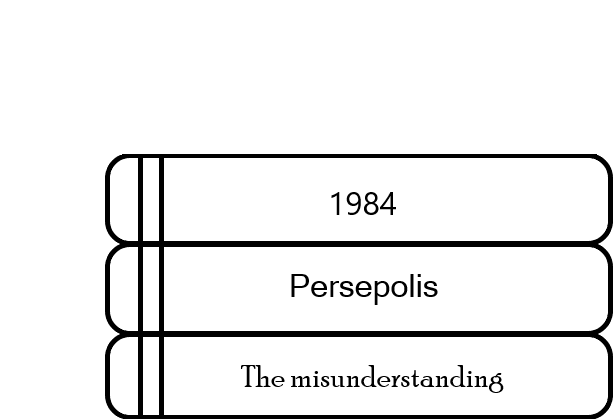
Stacks
- LIFO: Last-In First-Out
- Last inserted item will be always the first item to be removed
- Can only add at the top
- Pushing onto the stack
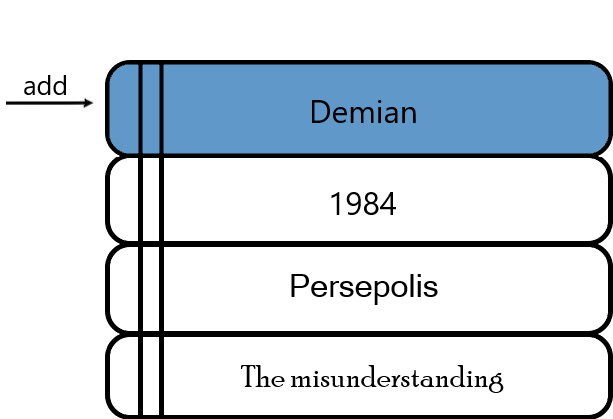
Stacks
- LIFO: Last-In First-Out
- Last inserted item will be always the first item to be removed
- Can only add at the top
- Pushing onto the stack
- Can only take from the top
- Popping from the stack
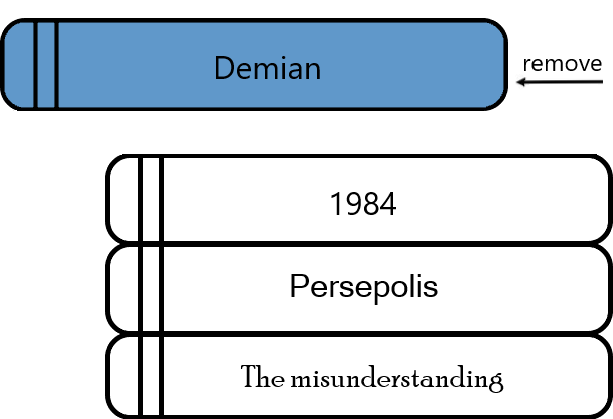
Stacks
- LIFO: Last-In First-Out
- Last inserted item will be always the first item to be removed
- Can only add at the top
- Pushing onto the stack
- Can only remove from the top
- Popping from the stack
- Can only read the last element
- Peeking from the stack
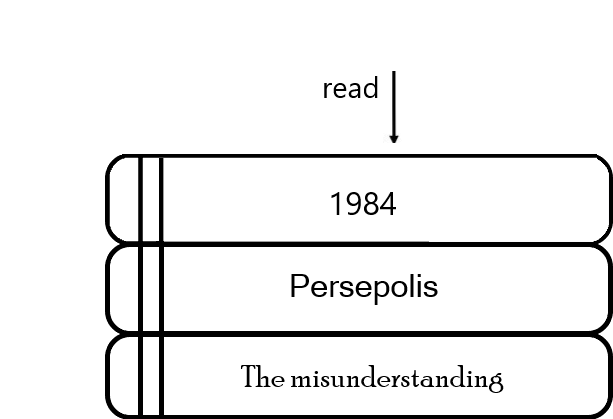
Stacks - real uses
- Undo functionality
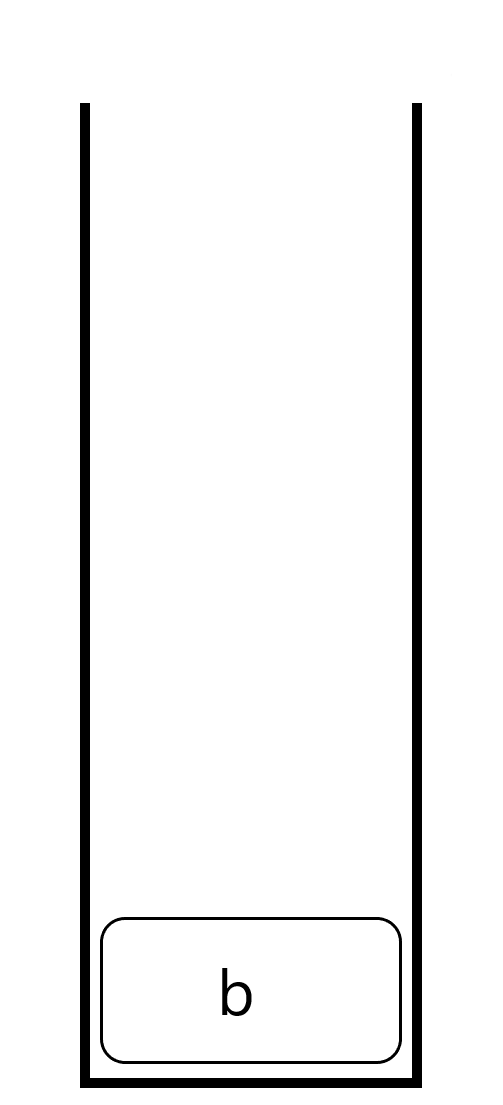
Stacks - real uses
- Undo functionality
- push each keystroke
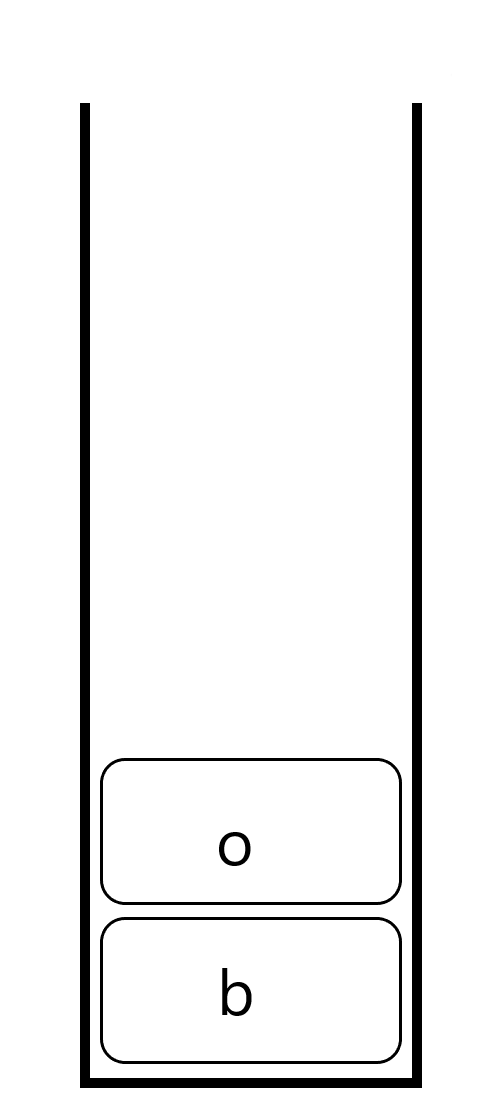
Stacks - real uses
- Undo functionality
- push each keystroke
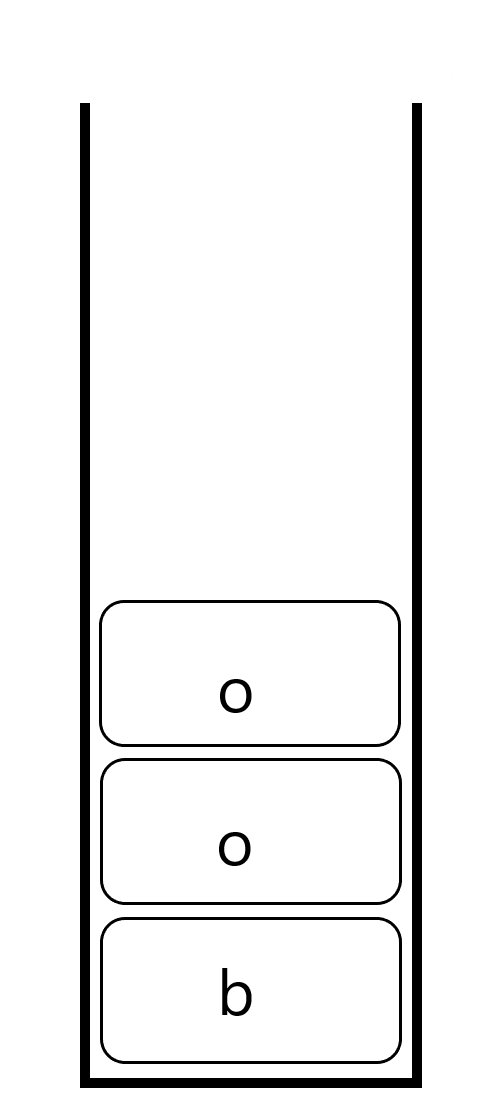
Stacks - real uses
- Undo functionality
- push each keystroke
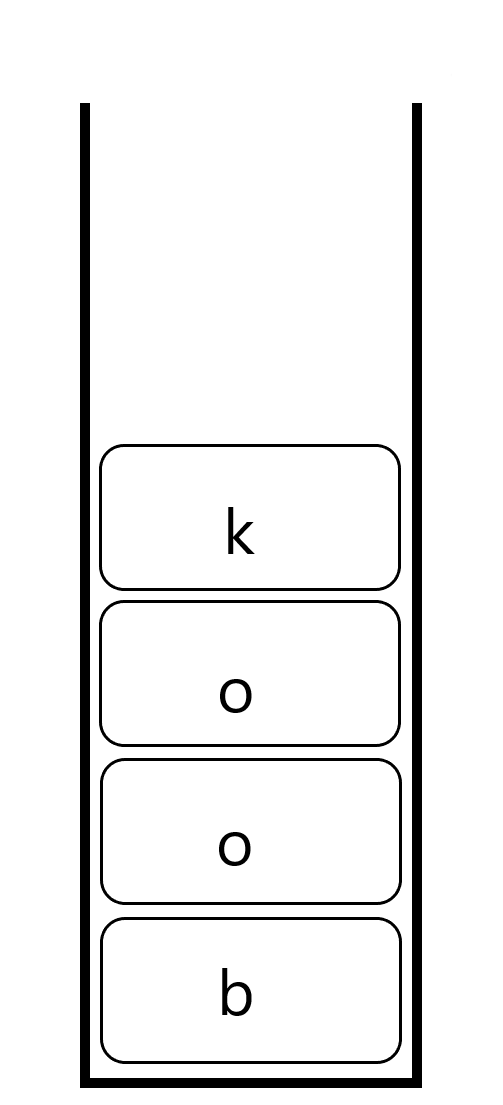
Stacks - real uses
- Undo functionality
- push each keystroke
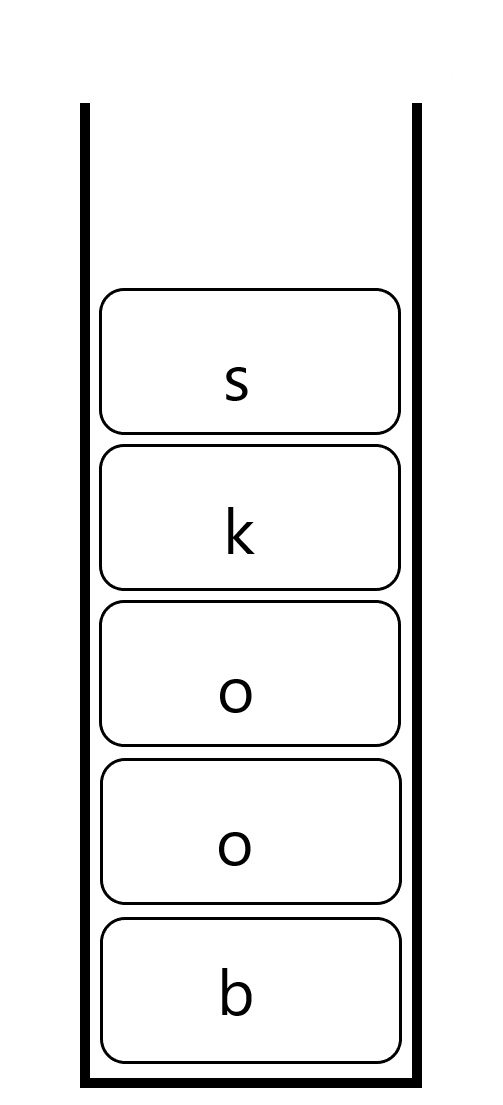
Stacks - real uses
- Undo functionality
- push each keystroke
- pop last inserted keystroke

Stacks - real uses
- Symbol checker: ( [ { } ] )
- push opening symbols
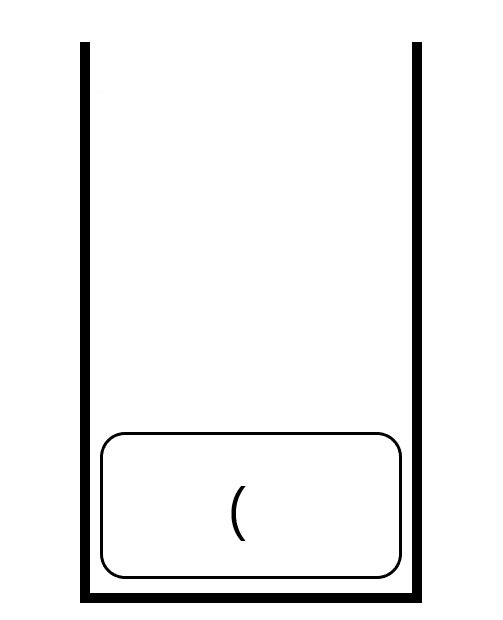
Stacks - real uses
- Symbol checker: ( [ { } ] )
- push opening symbols
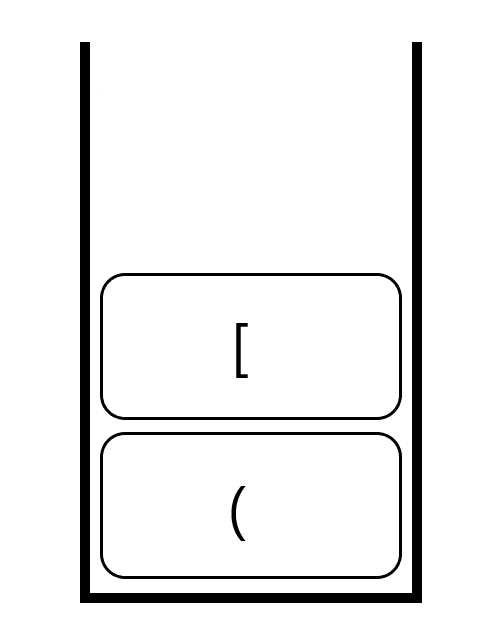
Stacks - real uses
- Symbol checker: ( [ { } ] )
- push opening symbols
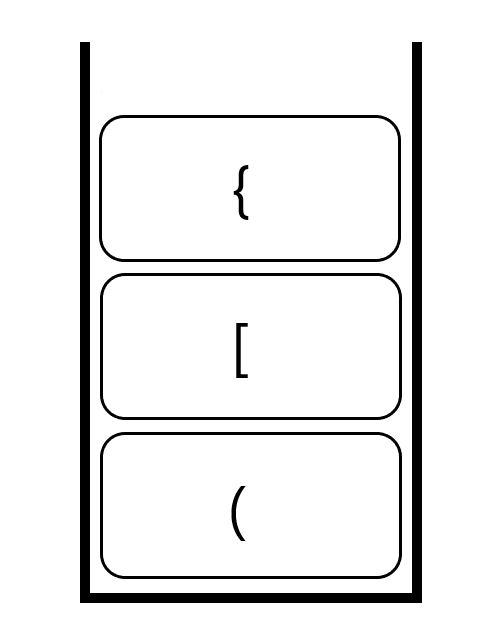
Stacks - real uses
- Symbol checker: ( [ { } ] )
- push opening symbols
- check closing symbol
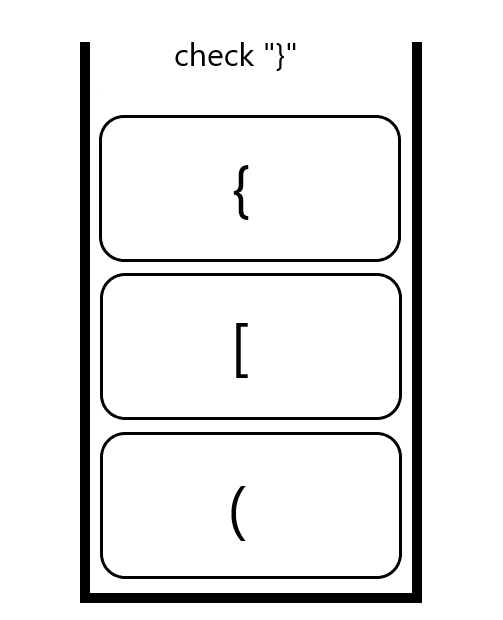
Stacks - real uses
- Symbol checker: ( [ { } ] )
- push opening symbols
- check closing symbol
- pop matching opening symbol

Stacks - real uses
- Function calls
- push block of memory
- pop after the execution ends
Stacks - implementation using singly linked lists
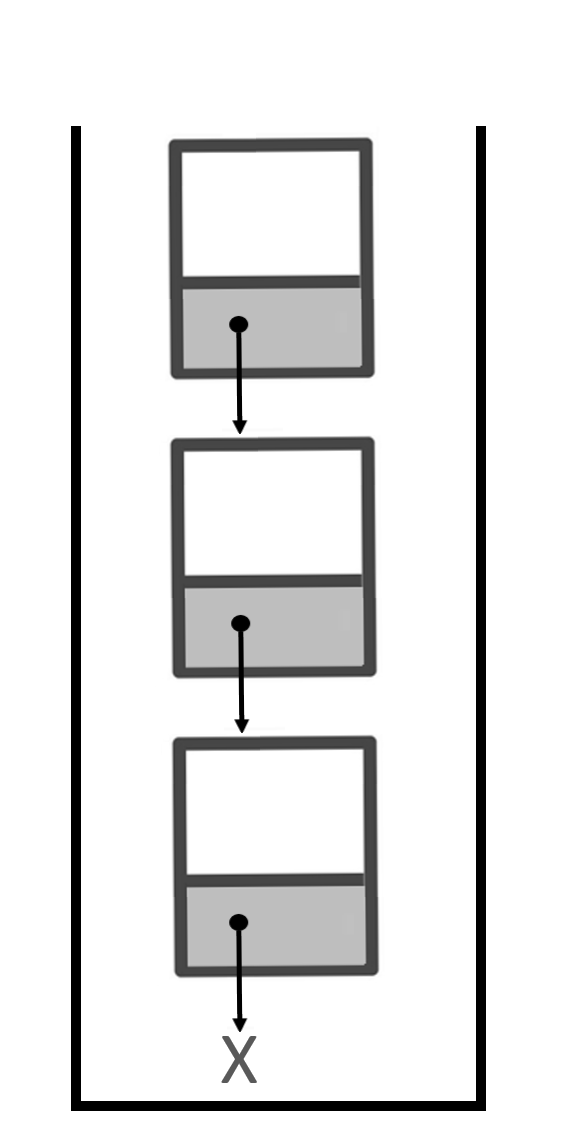
class Node:
def __init__(self,data):
self.data = data
self.next = None
Stacks - implementation using singly linked lists
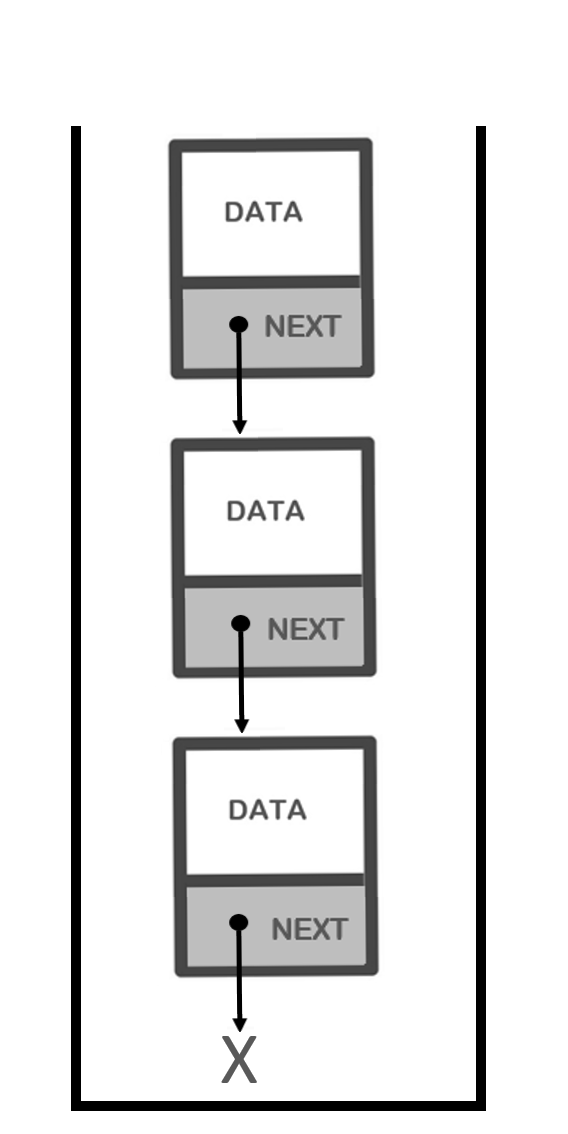
class Node:
def __init__(self,data):
self.data = data
self.next = None
class Stack:
def __init__(self):
self.top = None
Stacks - implementation using singly linked lists
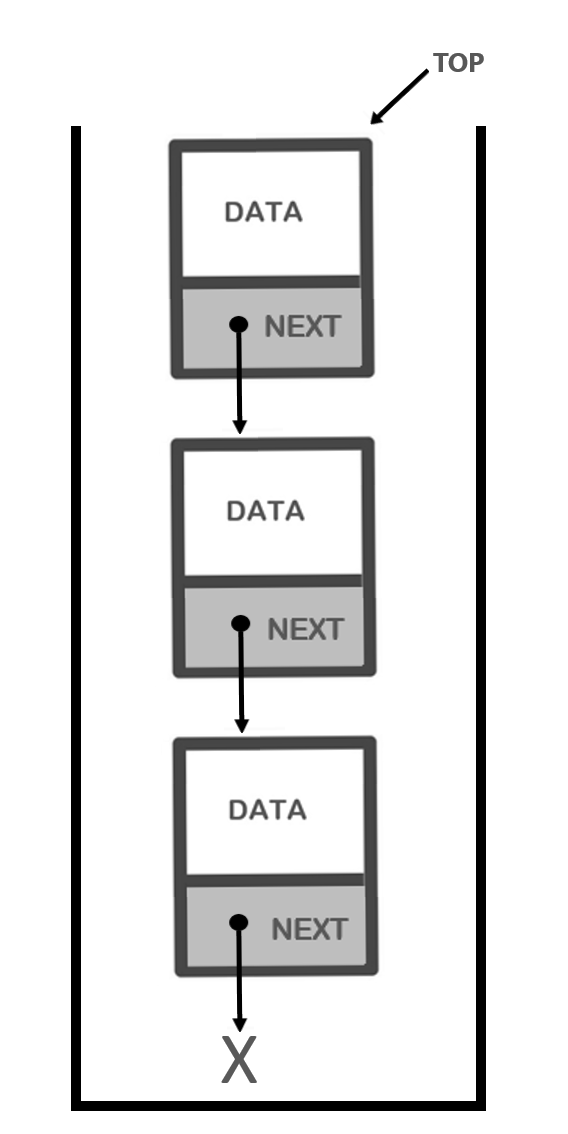
class Node:
def __init__(self,data):
self.data = data
self.next = None
class Stack:
def __init__(self):
self.top = None
Stacks - push
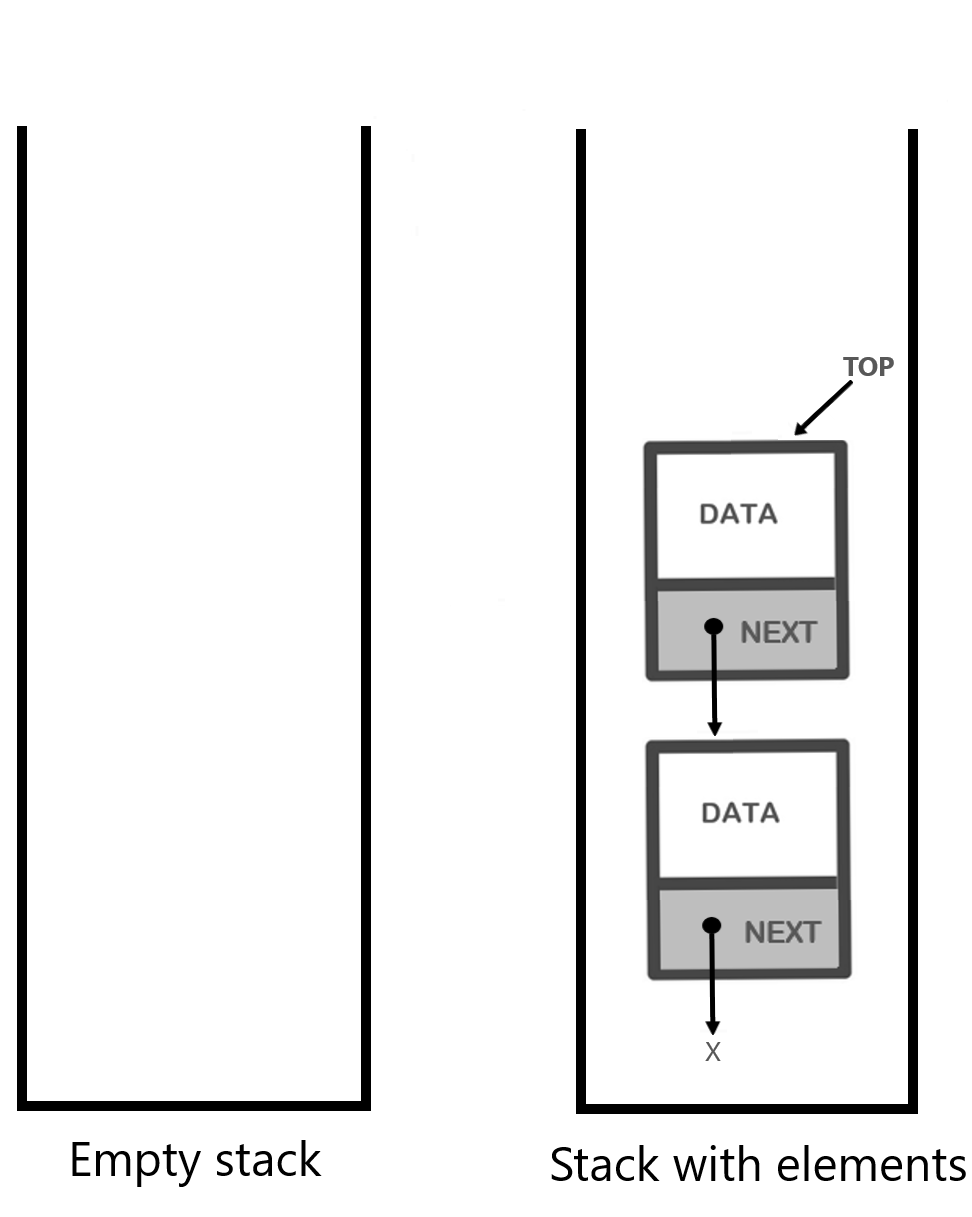
def push(self, data):
Stacks - push
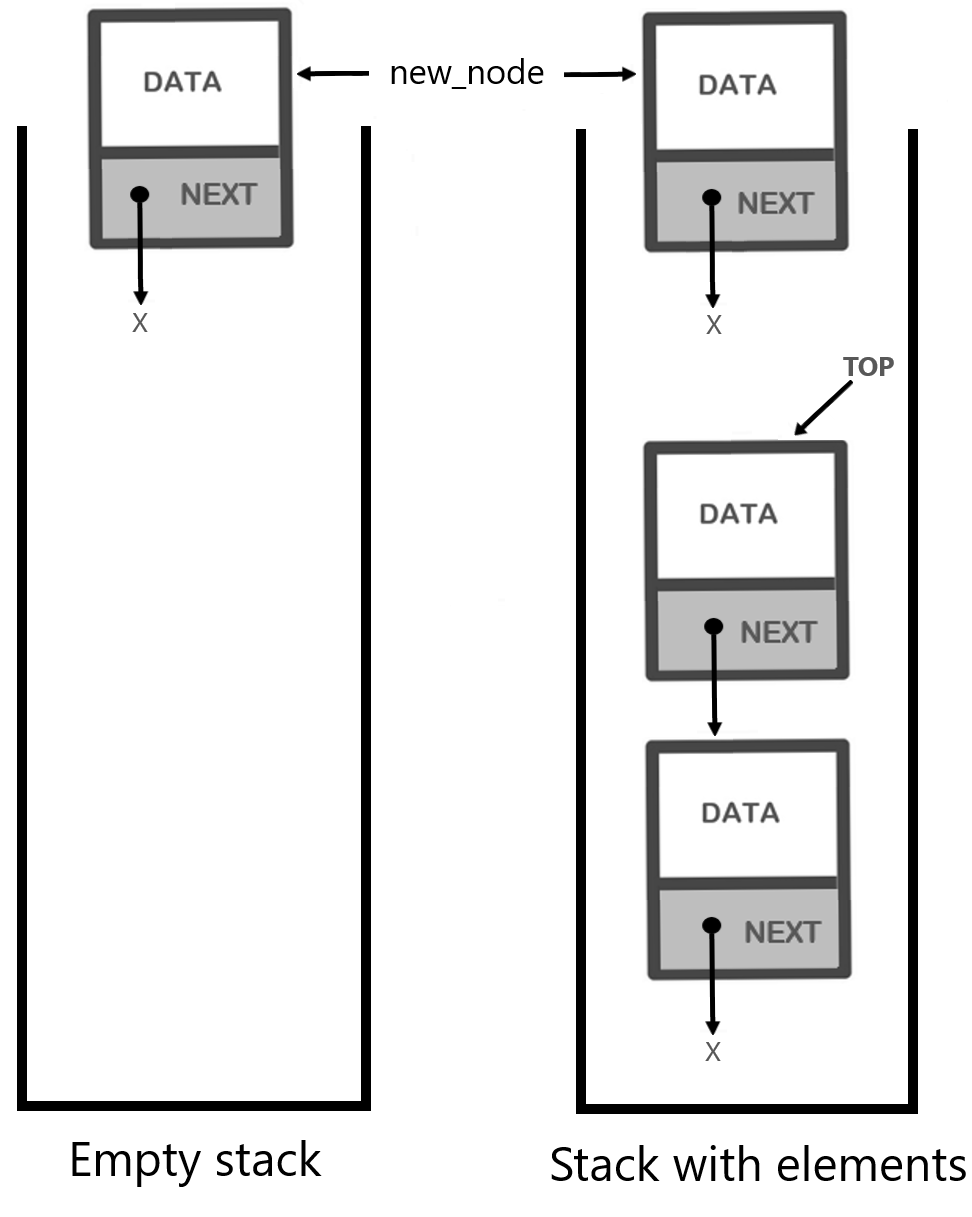
def push(self, data): new_node = Node(data)if self.top:
Stacks - push
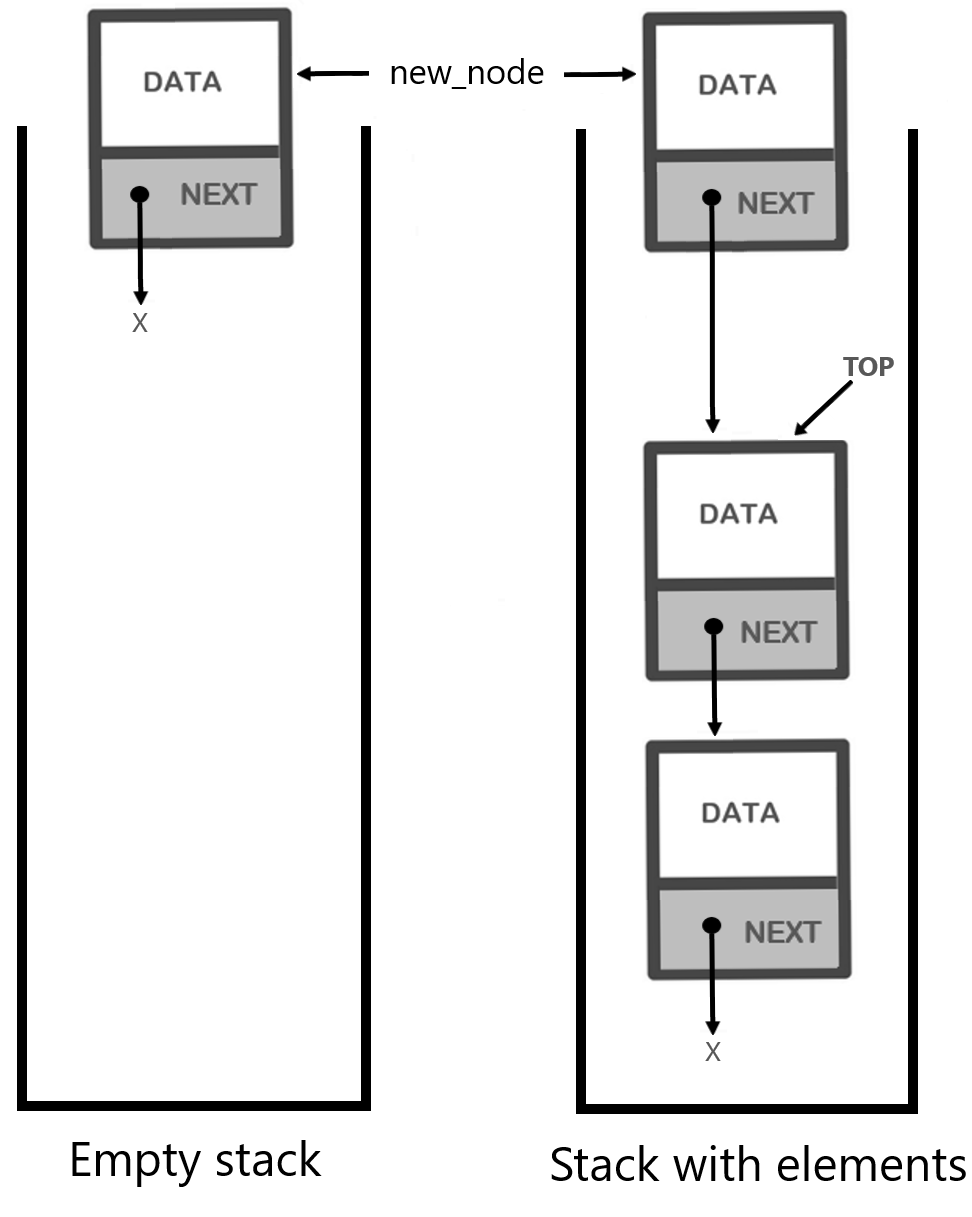
def push(self, data): new_node = Node(data) if self.top:new_node.next = self.top
Stacks - push
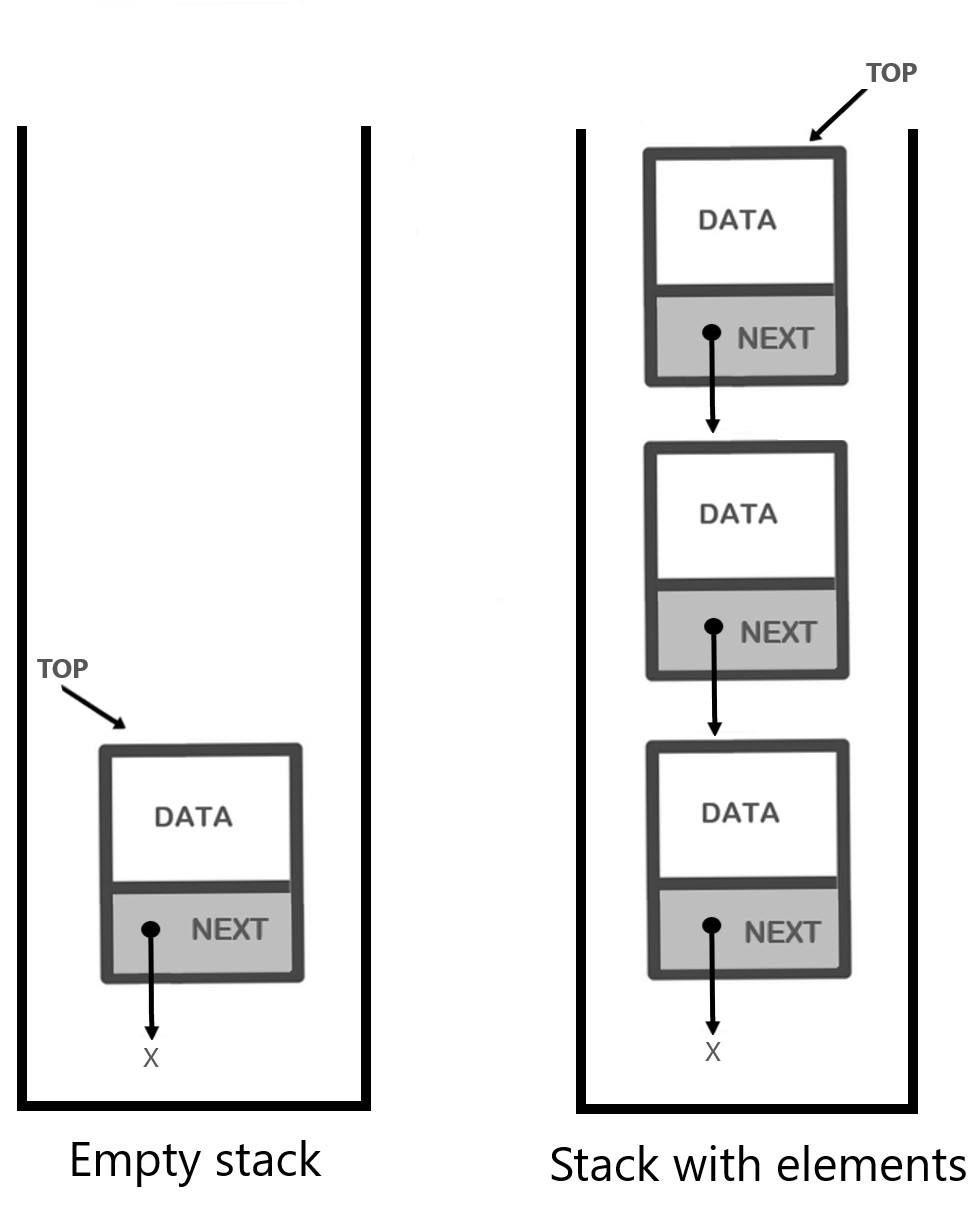
def push(self, data):
new_node = Node(data)
if self.top:
new_node.next = self.top
self.top = new_node
Stacks - pop
def pop(self):if self.top is None:return Noneelse:
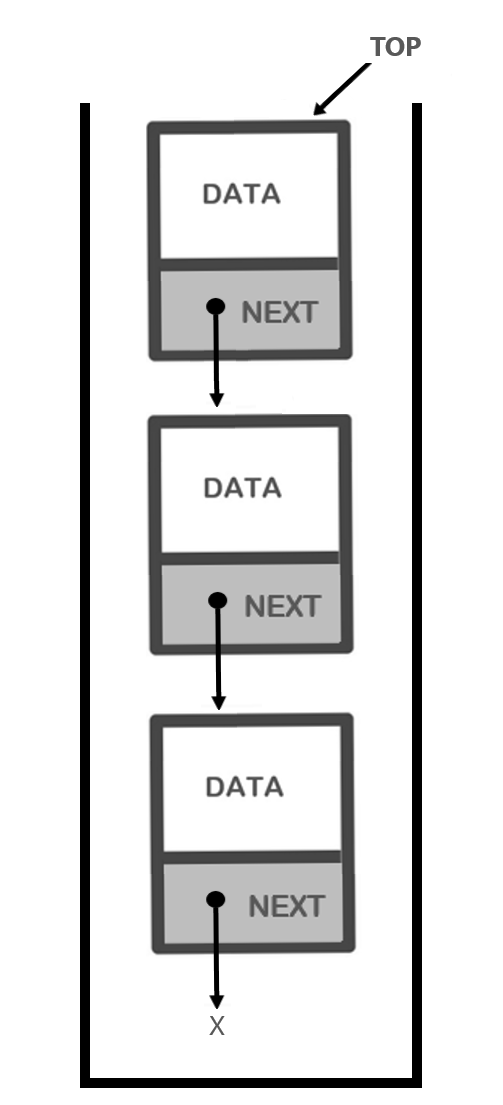
Stacks - pop
def pop(self):
if self.top is None:
return None
else:
popped_node = self.top
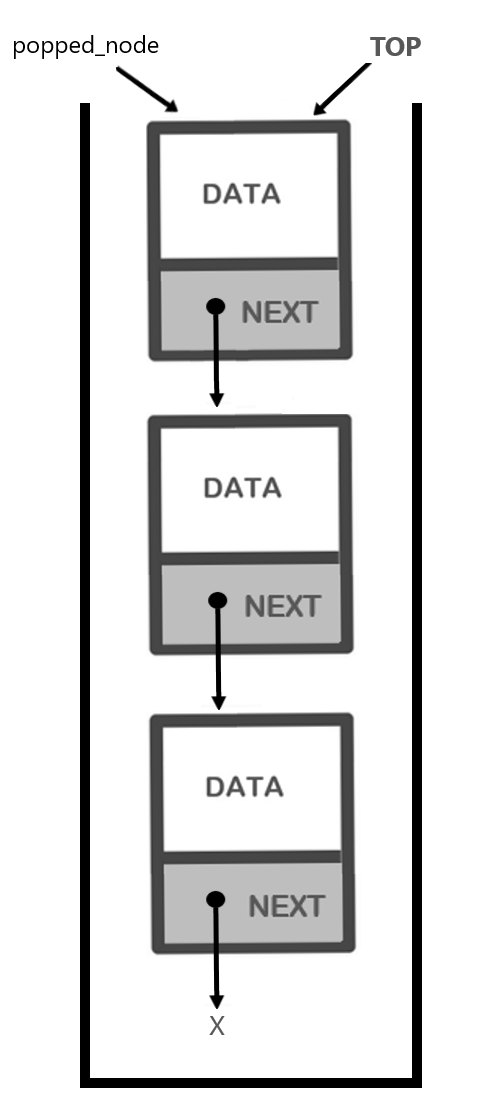
Stacks - pop
def pop(self):
if self.top is None:
return None
else:
popped_node = self.top
self.top = self.top.next
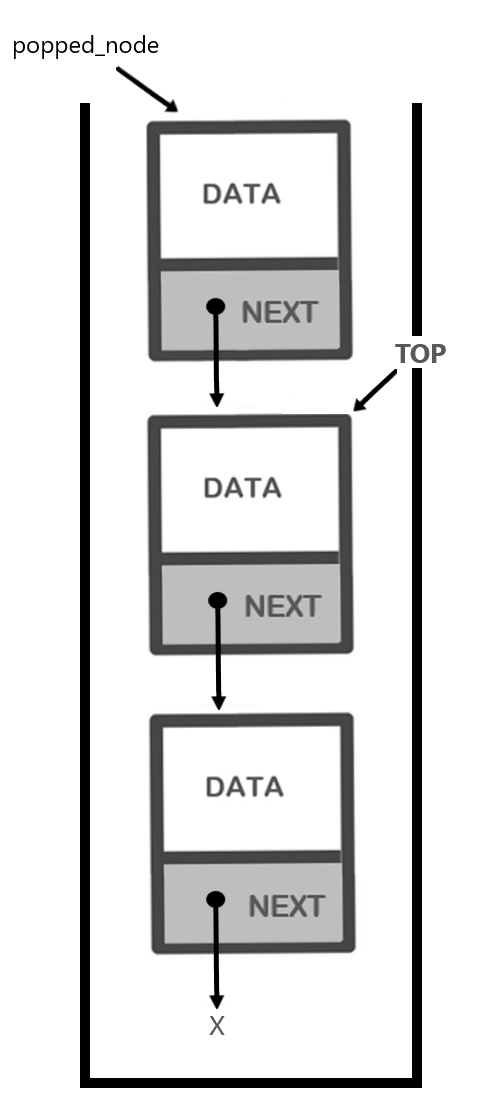
Stacks - pop
def pop(self):
if self.top is None:
return None
else:
popped_node = self.top
self.top = self.top.next
popped_node.next = None
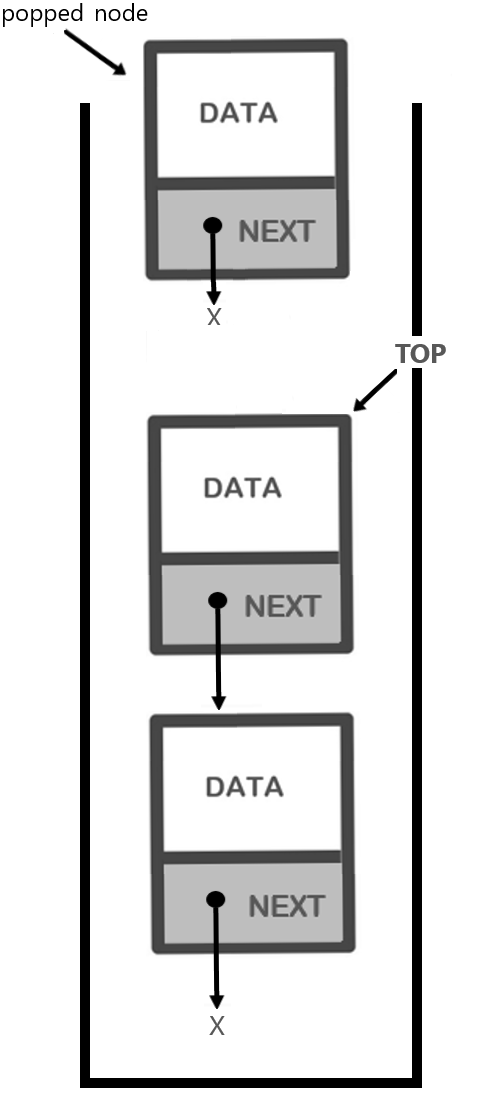
Stacks - pop
def pop(self):
if self.top is None:
return None
else:
popped_node = self.top
self.top = self.top.next
popped_node.next = None
return popped_node.data
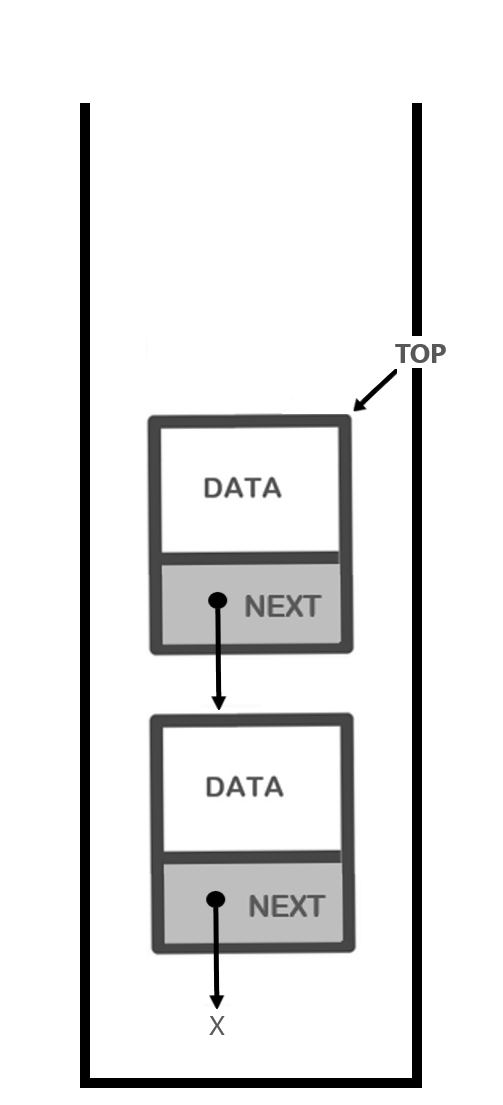
Stacks - peek
def peek(self):if self.top:return self.top.dataelse:return None
LifoQueue in Python
- LifoQueue:
- Python's queue module
- behaves like a stack
import queuemy_book_stack = queue.LifoQueue(maxsize=0)my_book_stack.put("The misunderstanding") my_book_stack.put("Persepolis") my_book_stack.put("1984")print("The size is: ", my_book_stack.qsize())
The size is: 3
print(my_book_stack.get())
print(my_book_stack.get())
print(my_book_stack.get())
1984
Persepolis
The misunderstanding
print("Empty stack: ", my_book_stack.empty())
Empty stack: True
Let's practice!
Data Structures and Algorithms in Python

